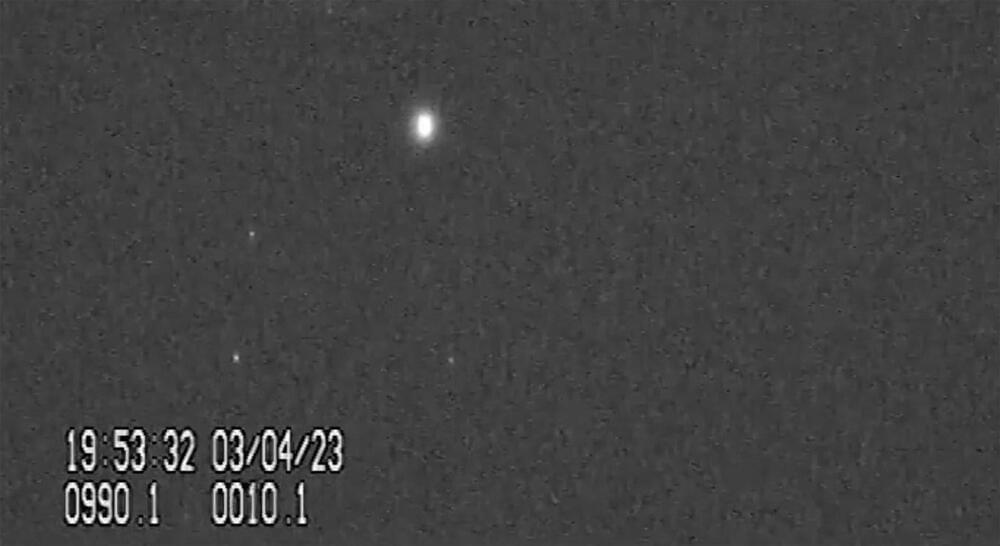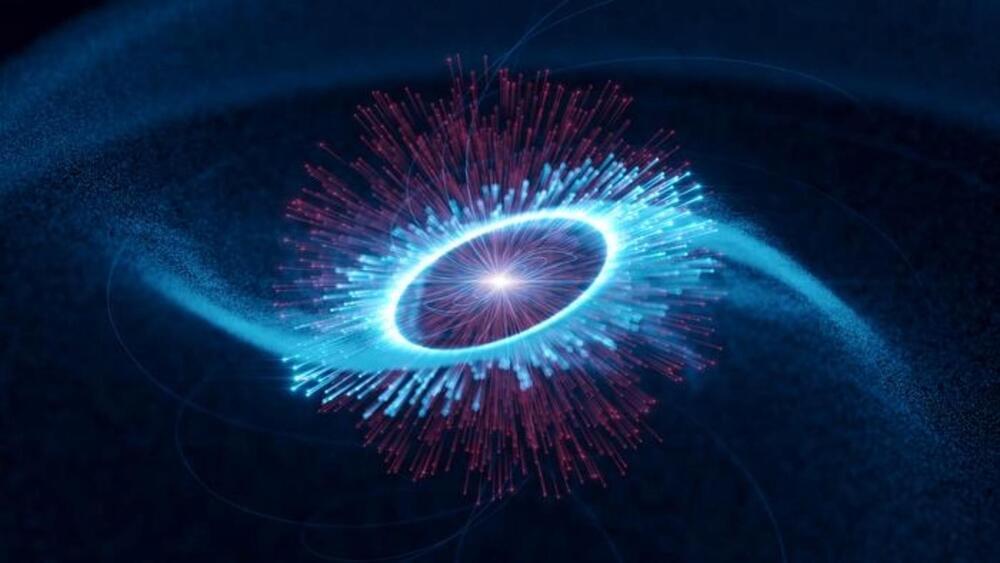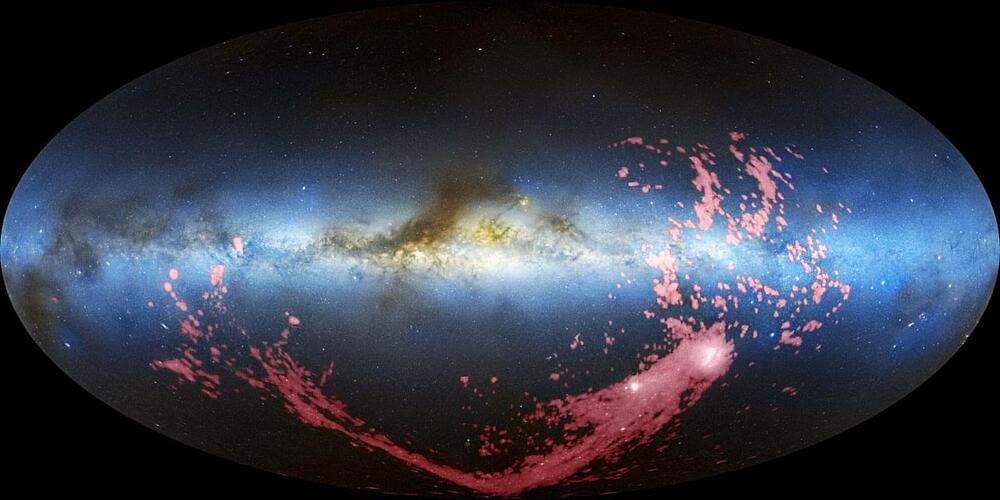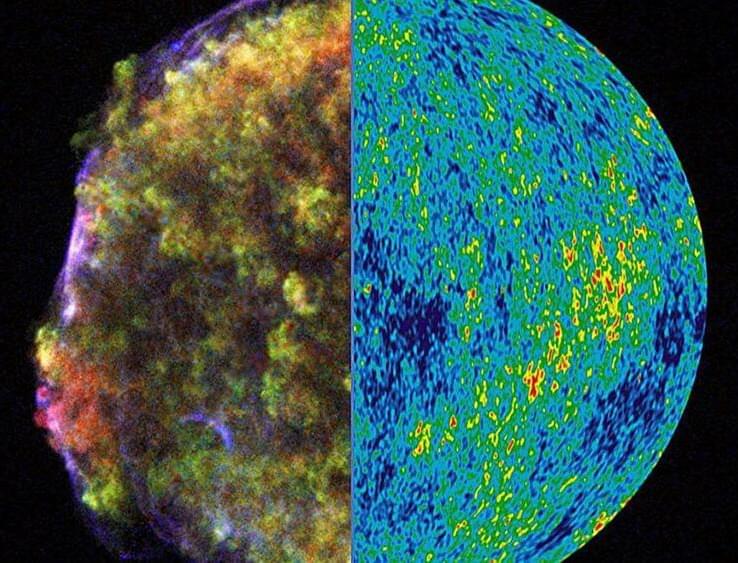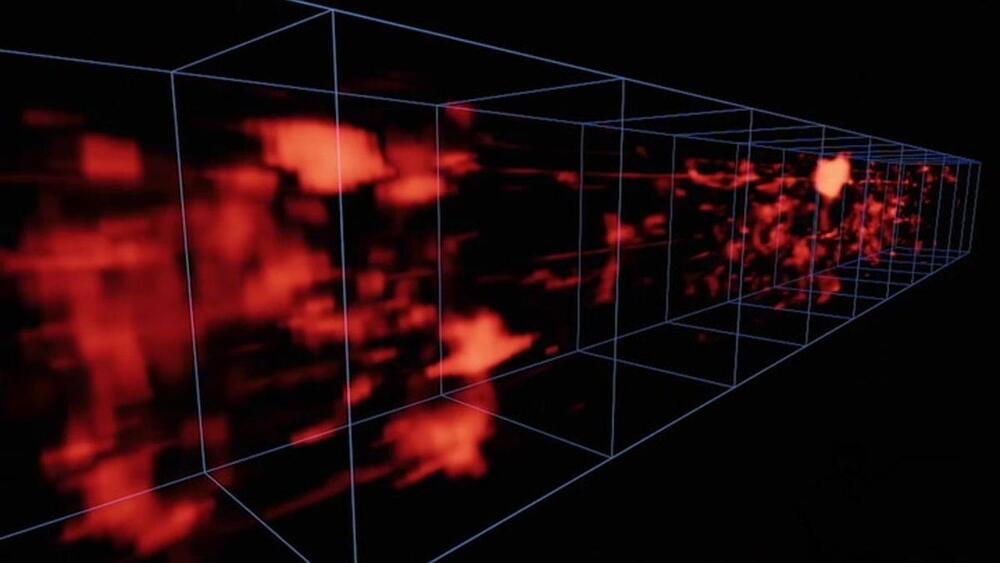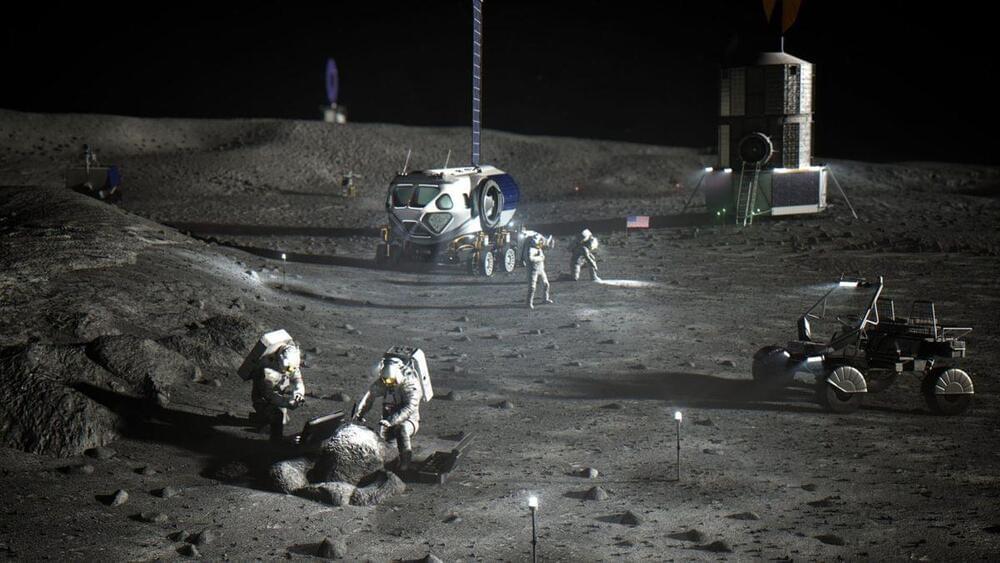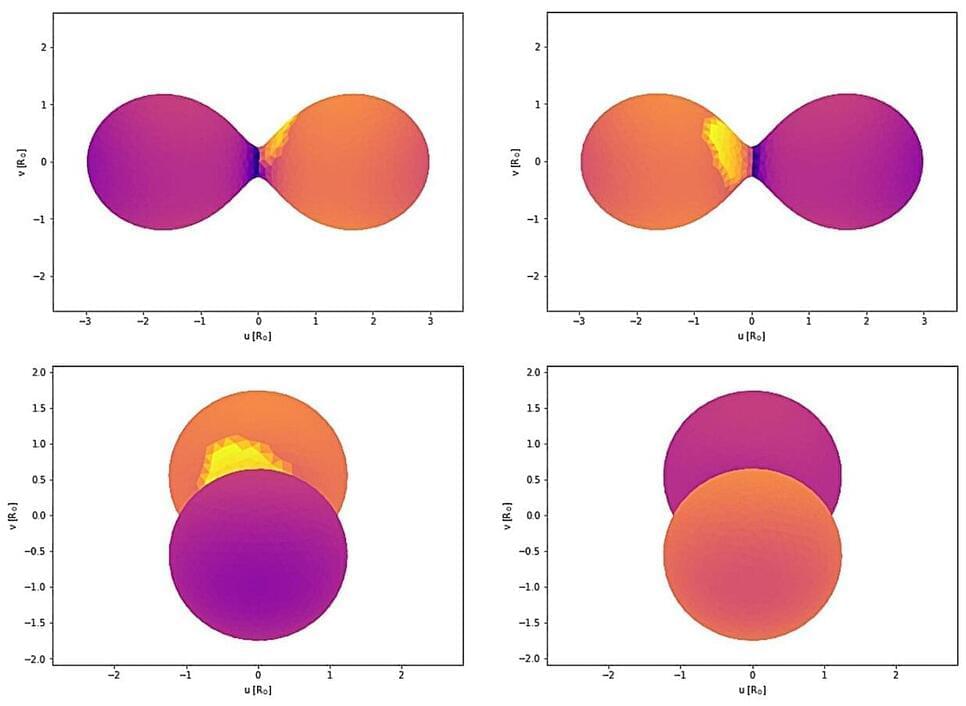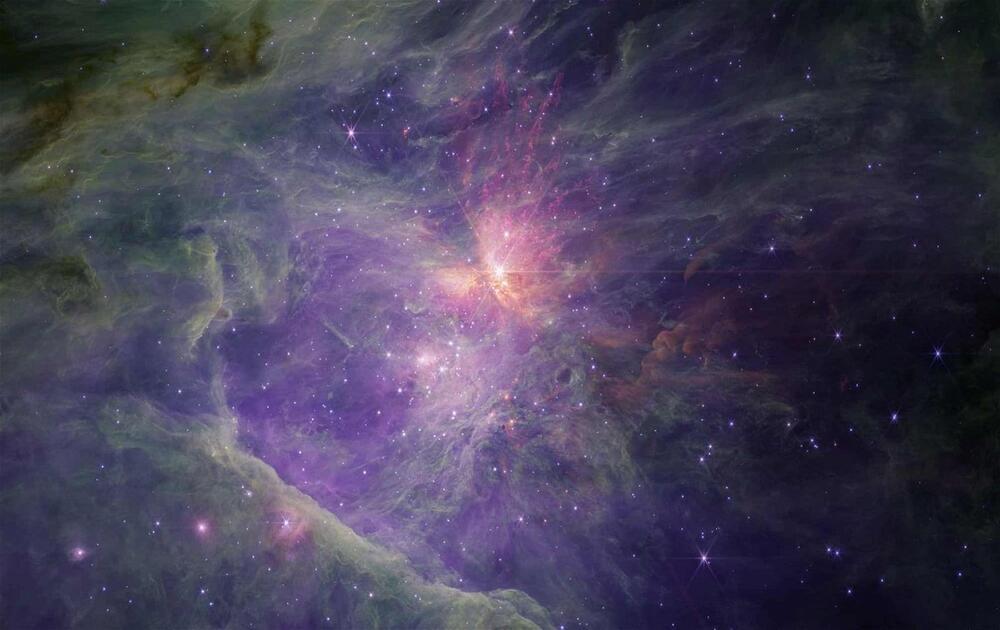Astronomers from the Binary Systems of South and North (BSN) project have conducted photometric observations of a distant binary star known as V0610 Virgo. Results of the observation campaign, published Sept. 23 in a research paper on the pre-print server arXiv, indicate that V0610 Virgo is a low-mass contact binary system.
W Ursae Majoris-type, or W UMa-type binaries (EWs) are eclipsing binaries with a short orbital period (below one day) and continuous light variation during a cycle. They are also known as “contact binaries,” given that these systems are composed of two dwarf stars with similar temperature and luminosity, sharing a common envelope of material and are thus in contact with one another. In general, studies of contact binaries have the potential to reveal many details about the evolution of stars.
Located some 1,560 light years away from the Earth, V0610 Virgo is an EW with an apparent magnitude of 13.3 mag. Although not much is known about this system, previous observations have found that it has an orbital period of approximately eight hours.
